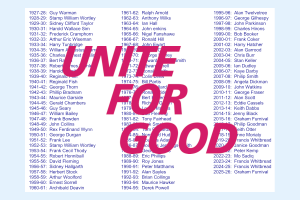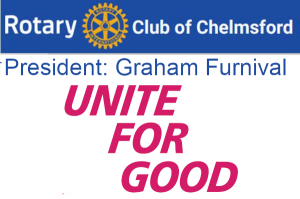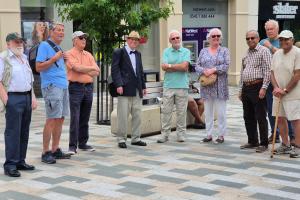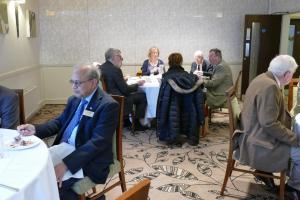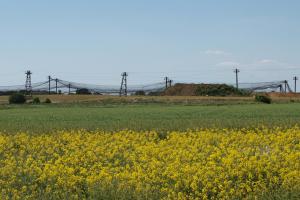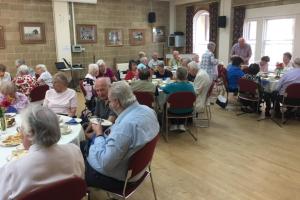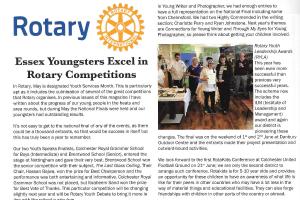Anne Maxwell: Highgate Cemetery
Thu, Mar 20th 2025 at 12:45 pm - 2:15 pm
(At the Ivy Hill Hotel.) Burial place of some famous people and a good area for wildlife.

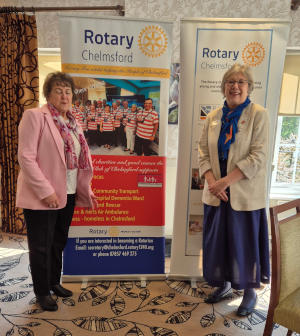 Anne Maxwell came today to speak to us about the history of Highgate Cemetery and about some of people buried there.
Anne Maxwell came today to speak to us about the history of Highgate Cemetery and about some of people buried there.
The plague in the 17th century started the demand for burial sites separate from churchyards. However, it was not until 1836 that work on Highgate Cemetery began. As can be guessed from the name, the cemetery is built around a hill, the highest point being 375 feet above sea level. The original site extended to 17 acres. 15 acres were consecrated for the use of the Church of England and the remaining area set aside for “dissenters’. The landscape gardener David Ramsay was responsible for the planting.
The cemetery was so popular that in 1854 the London Cemetery Company acquired a further 19 acres on the opposite side of Swans Lane. That part is now known as the West Cemetery and the original 17 acres as the East Cemetery.
The West Cemetery was also consecrated. The chapel was in the East Cemetery. At the time regulations prohibited bodies being taken across unconsecrated land once the funeral had taken place. Since Swans Lane was a public road it could not be consecrated, which meant that coffins could not be carried across from the chapel in the East Cemetery to the West Cemetery. The company overcame that by building an underground tunnel connecting the two and having that consecrated.
In the East Cemetery is an “Egyptian Avenue” lined on both sides by mausoleums styled after Egyptian tombs. The decoration on the doors shows a flaming torch upside down, a symbol of death. Some even have keyholes upside down. Each of the 16 mausoleums has twelve spaces but not all are occupied. Some of them contain bats and one is home to rare spiders, found in only one other place in England.
Families can buy plots in the cemetery. Those adjoining the main thoroughfares were sold on the condition that an impressive monument be built on them. Hence there are a number of very impressive monuments. Some even have listed status.
The famous memorial to Karl Marx was built in the 1950s with funds provided by the Communist Party of Great Britain. Among the modern headstones is one an artist designed for his grave. This has piercings in a stepped pattern that spell out “DEAD”.
'What We Do' Main Pages:
